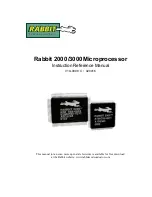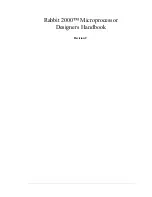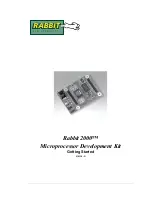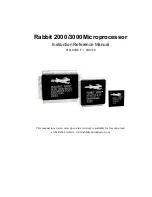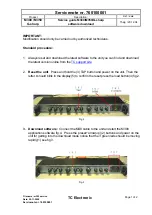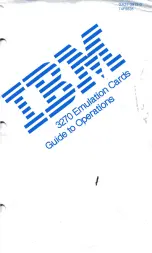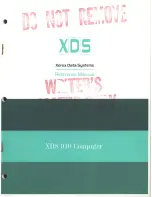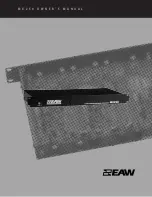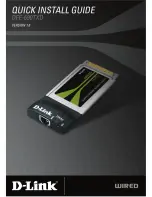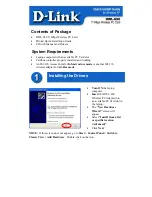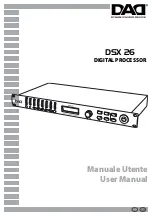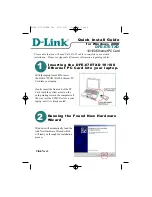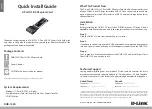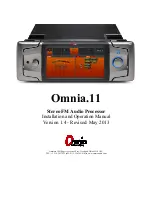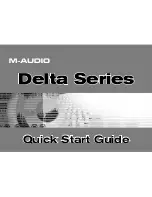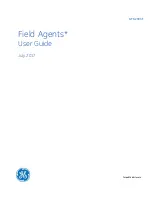
VL saxophone to squeak, squawk, scream, honk
and growl like the real thing. It is also why you
can play with all the ‘mistakes’ and ‘clams’ of the
real instrument. You can even create and
perform on instruments and sounds that never
existed before. Your controls to the model are
standard MIDI controls: Breath Control, velocity,
aftertouch, mod wheel, pitch bend wheel, foot
controls, etc. Breath Control is a unique MIDI
controller that allows the performer to use breath
pressure to control parameters within a synth
sound. The VL technology lends itself particularly
well to Breath Control. In fact, no other
technology will reward your breath input like the
Yamaha VL physical modeling technology. It is a
technology, where as you practice, you get
better. You begin to develop a
sound
. You
certainly can develop playing techniques. It is a
life altering experience for many, because you
can totally develop a personal sound with this
technology. Spend some time experimenting with
the controller settings of VL Voices. You will
experience how “alive” the sound is as the
technology responds to controller changes.
A saxophone player will control (with
great dexterity) the slit between the reed and the
mouthpiece as they blow air into the horn. As
they blow harder the timbre, pitch and behavior
of the instrument changes. They also can control
things like tone and vibrato by how they position
their mouth on the mouthpiece. These same
elements are in play with VL technology but
there is an important difference. The mouthpiece
of the BC3 is
not
a direct substitute for the sax
mouthpiece. What the sax player can do with just
their mouth the keyboard VL player must farm
out to various controllers. Typically, you control
the virtual reed/mouthpiece slit and position of
the mouth with the Pitch Bend wheel. This
parameter is called
embouchure
. You can tighten
or loosen the virtual player’s embouchure by
moving the wheel up and down, respectively.
There will be a realistic change in the pitch and
the timbre. You control the airflow through the
virtual horn, however in a very similar fashion to
the real sax player – by how much air you put
into the system. There will be a realistic response
in the behavior of the sound. You will want to
match your ‘horn’s’ response to your preferred
controller gestures.
Checking Installation
Check to make sure your board or boards are
properly installed. The Orange connector is slot
1, the yellow connector is slot 2 and the Green
connector is slot 3. A PLG150-series board can
occupy any slot.
1
The boards should always be
1
HINT:
Find a consistent slot layout for your boards
and stick with it. When making bulk files that reload
installed with the Motif off – the boot up routine
will check the plug in slots and automatically load
64 Preset sounds for the detected board. The VL
board is the exception. It has actually 3 Preset
banks of 64 – one for Aftertouch, one for velocity
play and one for breath control. Here’s how to
verify your board:
On the Motif: Press [UTILITY]
/[F6] PLG button
to check the status screen:
The “Expand” parameter will be active only when you
have 2 or more PLG150 series boards of the
same
type
installed and polyphony expansion is possible. A second
PLG150-DX can give you a maximum of 32 notes of FM
polyphony in Expand poly mode. A third PLG150 can
give you 48 notes total. Because the System is
modular
,
this polyphony
does not
take away from the
64-note polyphony of the mothership host (S30 / S80 /
CS6x / CS6R / Motif6-7-8)- Nor does it contribute to a
pool of notes – they are completely separate. You, of
course, can use multiple boards as individuals, thus
increasing how many Parts you for which you will have
analog sounds available. If you have 2 VL boards you
can play with 2 notes of polyphony (Poly Expand mode)
or you can play 2 monophonic horns. The phrasing is
way different.
When you begin to appreciate this
difference, you begin to really understand the beauty of
the VL technology.
To select between the 192 provided preset
sounds: Press [F2] Bank from the main Voice
screen. The PLG150-VL presets are as follows:
PLGPRE1
Wind instruments for play with Touch
EG; lets you use a specialized aftertouch (called
Touch EG) to vary the wind pressure. Use this
bank if you do not have the optional BC3 Breath
Controller ($119.00 MSRP) or would rather play
without the BC.
PLGPRE2
Keyboard sounds set for velocity play;
Plays like a regular keyboard sound.
PLGPRE3
Wind instruments setup for BC;
obviously this is the best way to control wind
instrument - by blowing. Do not play these
without a BC3.
Play the provided Plug-In Voices
These Plug-in Voices are made from
preset
Board
Voice data. Play through the [PLG] bank
experimenting with the wheels and controllers.
The first voice should be one called,
“Br:
Trumpet 1”
.
Experience how the sound animates as
you vary the ‘pressure’ applied – either via
aftertouch or Breath Control. Pressure is a
parameter of the acoustic model and refers to
the amount of breath pressure applied to the
reed or mouthpiece, or the bow velocity applied
your custom sounds, it matters which slot the board is
found in.












